ECONOMY
Few takers for rupee trade amid capital controls, meagre share of global exports
- IBJ Bureau
- Oct 31, 2023
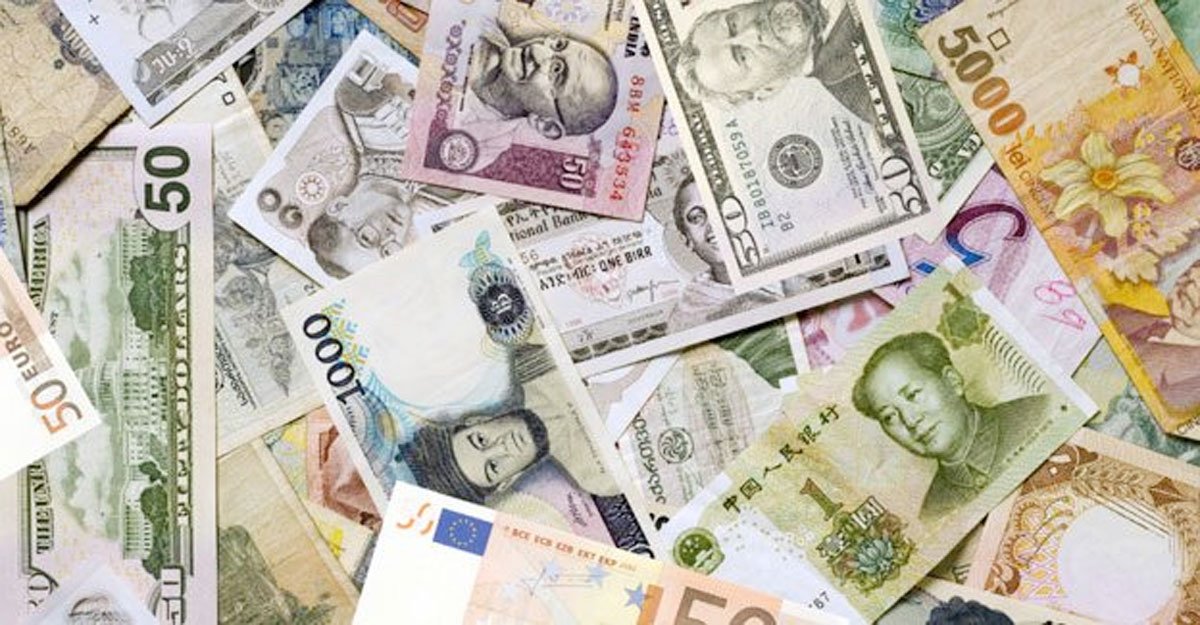
It is over a year since India seriously began looking at settling global trade transactions in rupees. In July 2022, the Reserve Bank of India (RBI) unveiled a framework for Indian banks and traders to deal in rupees with their foreign counterparts.
The immediate cause for the RBI’s framework was US and Western sanctions on Russia, following its attack on Ukraine last February. India could not resist tempting discounts offered by Russia on its oil exports, and settling Russian oil imports in rupees was a viable option for India. The bigger goal, of course, was to push the rupee as a major global currency for trade settlements.
Since last July, 106 special rupee vostro accounts have been opened by banks from 22 countries in Indian banks to facilitate trade settlement in rupees. But 15 months after rupee trade plans were rolled out, the result is relatively modest with trade worth only $2.5 billion settled in rupees. That number is a pale shadow of India’s total goods trade of $1.2 trillion in FY23.
First of all, the rupee trade plan has failed to take off with Russia, which after all was the trigger for globalising the Indian rupee. In fact, after months of negotiations, India and Russia have suspended efforts to settle bilateral trade in rupees since May. Right now, India is settling its Russian imports by paying in dirham and a few other currencies. Besides, settlement is also happening through third-party countries, which route India’s payments to Russia or offset Indian payment against their own trade settlement with Russia.
The huge trade deficit of India with Russia is the stumbling block for the bilateral rupee trade to pick up. India’s imports from Russia rose by almost 14-fold from $2.2 billion in FY22 to $31.02 billion in FY23, and the bulk of Indian imports were cheaper oil. During the same period, India’s exports to Russia were more or less unchanged from $3.61 billion in FY22 to $3.43 billion in FY23.
Russia is refusing to accept the payment in rupees as it points out that its insignificant imports from India make little sense to deal in the Indian currency. Russia notes quite rightly that the rupee trade will leave it with huge accumulation of the Indian currency, for which it will find no use at all. This is because the rupee is not accepted in global trade. The only use of the rupee for Russia can be in paying for its Indian imports, which are minuscule.
India’s rupee trade woes go beyond Russia and extend well across India’s trade with the rest of the world. India is betting on internationalising the rupee to reduce dollar demand and make its economy less vulnerable to global currency shocks. Besides, the rupee trade plan fits well within India’s ambitions to position itself as a major global player alternative to China. But India’s global ambitions get crushed under the stark ground realities. The Chinese yuan has the fifth-biggest share as a global payment currency at 2.5 per cent, while the rupee does not even fare among the top-20 currencies.
India’s first steps towards globalising the rupee are welcome, and they will definitely help the country in a big way. But those first steps should be matched by other equally significant steps. Indian economy should grow manifold, and its 2 per cent share of global exports must expand multifold. Besides, it has to loosen its vice-like grip on capital controls – too many restrictions on Indians buying assets abroad and foreigners purchasing assets in India – and make the rupee fully convertible. Only then will the world look to deal with the rupee.

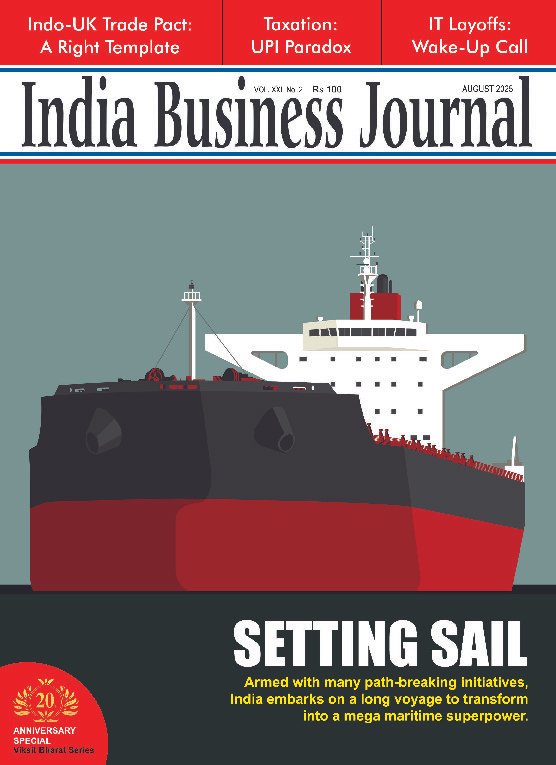













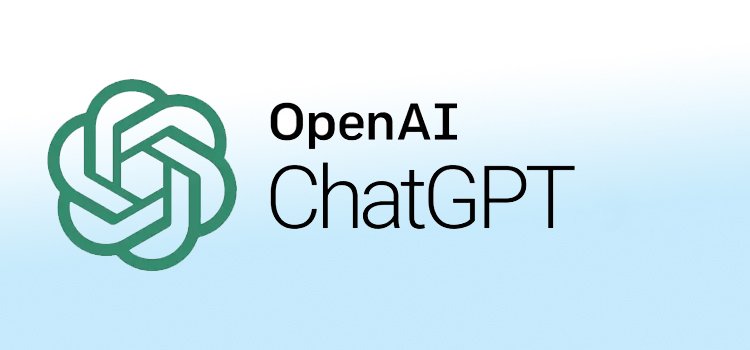
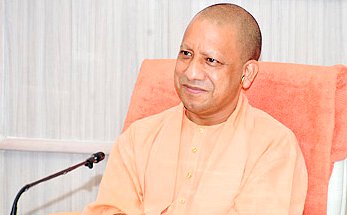



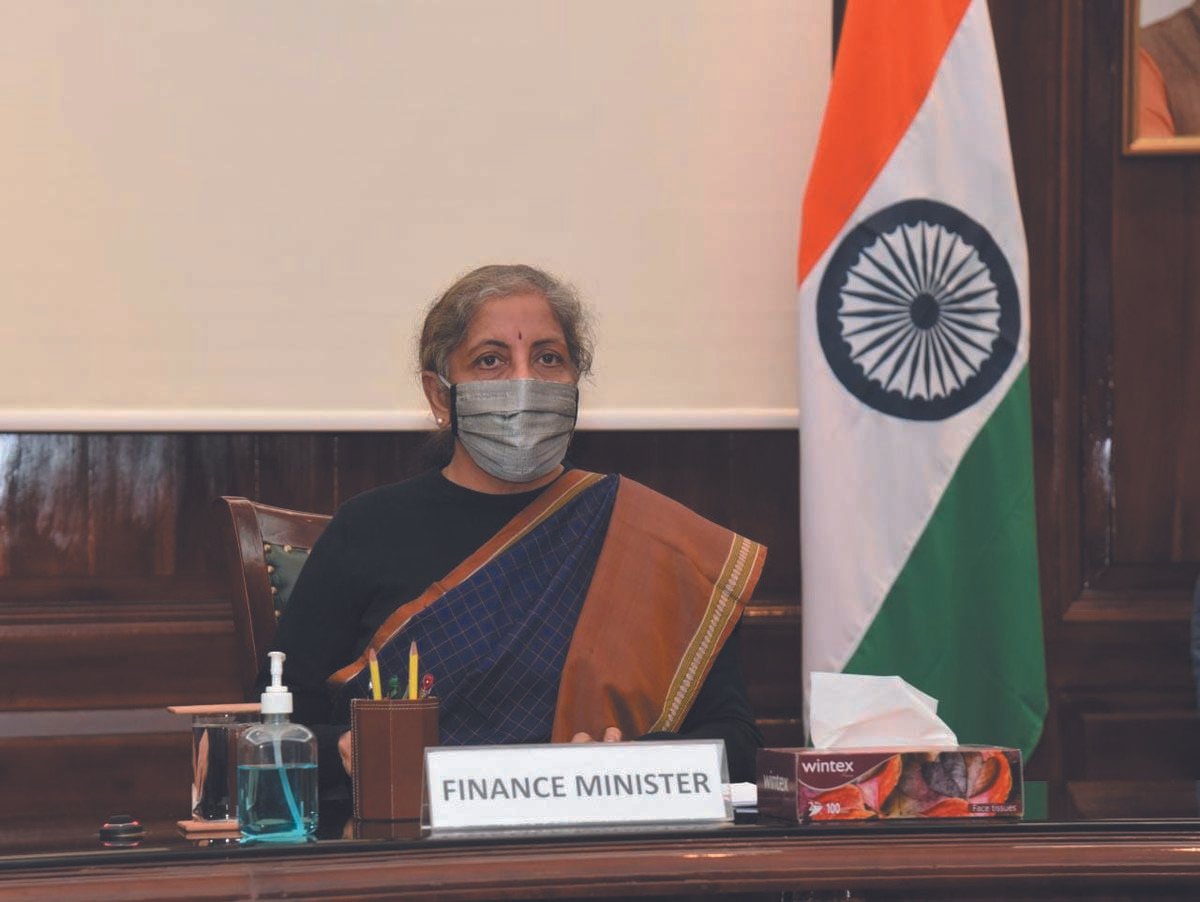
Report By
View Reporter News